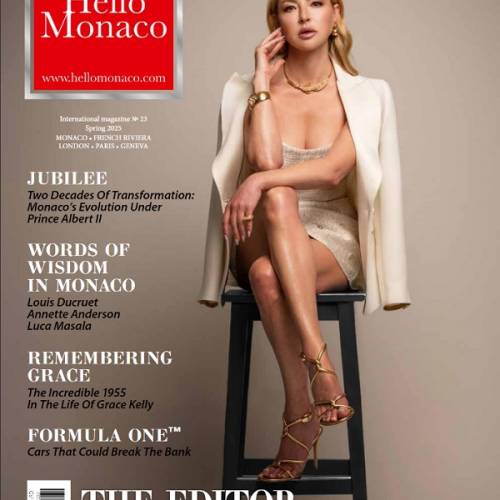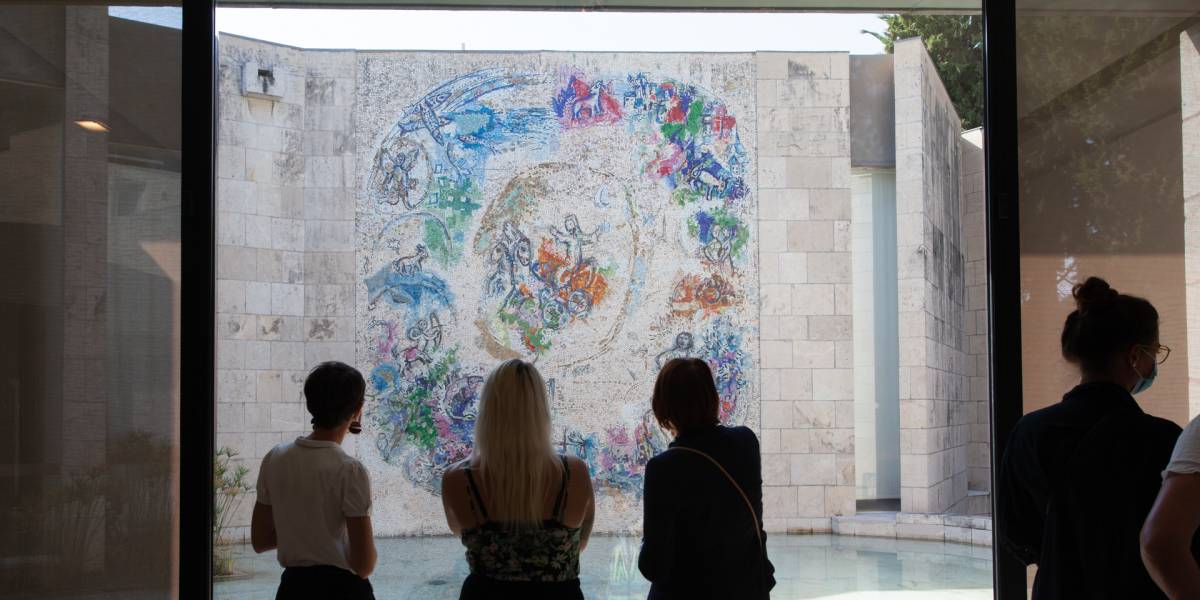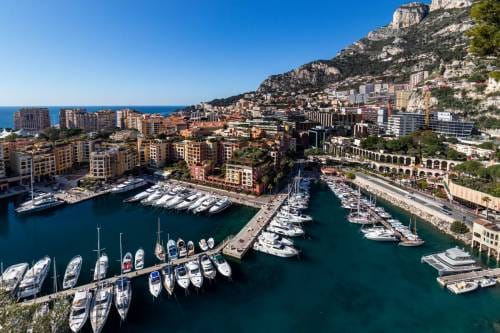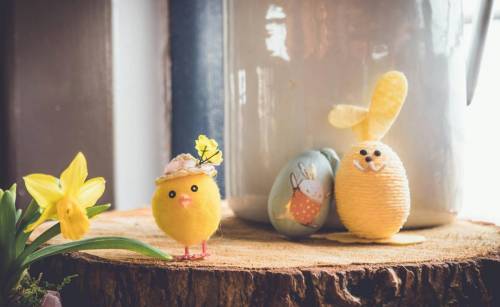What is reality? Isn’t it preserved in our dreams when daily life is unbearable? We’ll never know if it’s been more of a refuge or an aesthetic bias, so unclassifiable is Chagall’s work, dazzling with freedom and audacity.
Seduced by the azure that he discovered in the middle of the 20th century, Marc Chagall chose to settle in Vence, then in Saint-Paul where he actively collaborated in the creation of the Maeght foundation and where he died on March 28, 1985. He was buried not far from the tomb of his friend, Aimé Maeght, who died four years earlier.
The artist was born not far from Vitebsk, Belarus (then part of the Russian Empire) in 1887. Coming from a practicing Jewish family, he lived through insecurity, persecutions and pogroms. Paris with its avant-garde lifestyle revealed itself to him in 1911. Chagall quickly acquired a certain notoriety, becoming an essential member of the School of Paris.
His childhood demons and dreams, however, would stay with him, populating his art throughout his life. “Art is a lie that tells the truth”, — Oscar Wilde once said. These words wonderfully summarize the work of a sumptuous colourist, with his unconscious omnipresent in his choice of scenes. The subjects invariably evoke Yiddish culture, peasant village life, liturgy, customs, festivals and weddings. Doves, very present in Chagall’s compositions, often carry a message of peace among the animals. Couples fly away, cows float, a rooster crows, a donkey passes by, a goat shows up. All this bestiary symbolizes love, fantasy, innocence, pleasure or time passing away… We often see musicians, acrobats, entertainers, supernatural creatures or metaphors of dybbuk, this demonic ghost haunting Yiddish literature. Surrealism, native art, symbolism, fauvism… The borrowings may be multiple but the style remains singular, unique, inimitable.
“The rigour of this painter’s composition is in his freedom. I’d tend to believe he is dominated by the pleasure he takes in his painting, in the hegemony of colours” was writing poet Aragon in his “Chagall l’Admirable”.
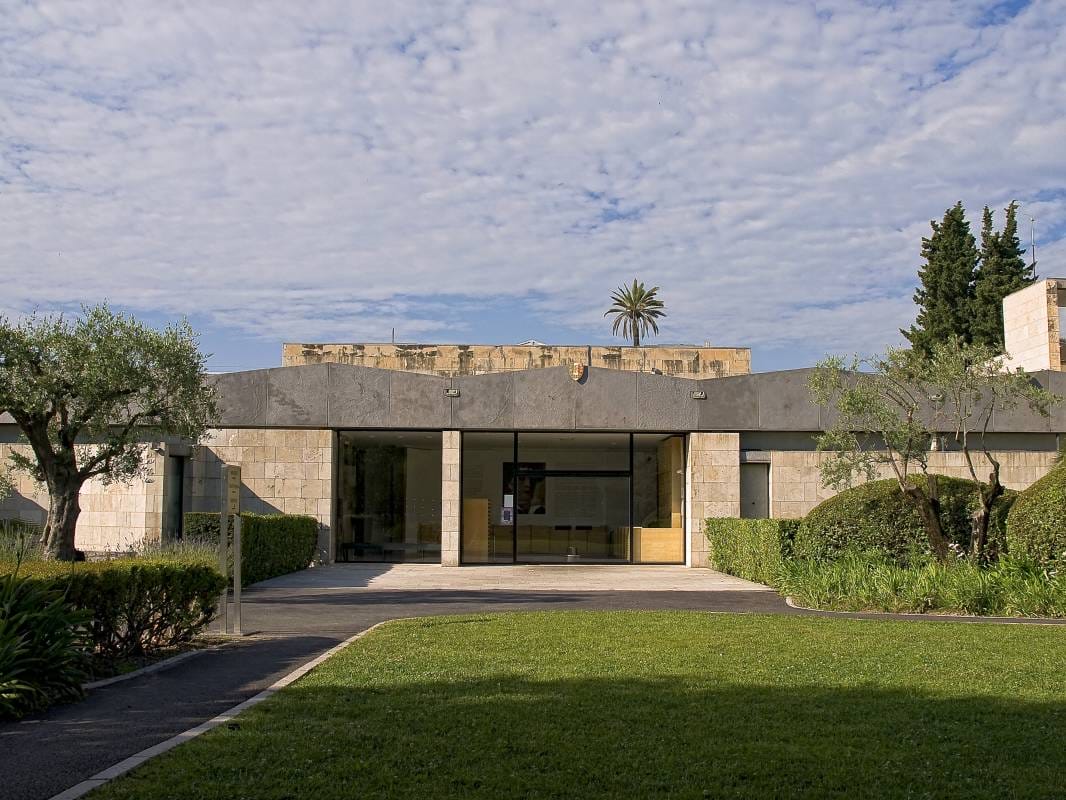
Colour takes in the light to become ecstatic
He was working with colour as if it were a living material. Free, dazzling and cheerful. Far from the misty Russian steppes and the fears of the exiled, Marc Chagall is resolutely turning to a frank, uncompromising, almost blinding colour.
“In Russia, everything is dark, brown, gray. When I arrived in France, I was struck by the shimmering colour, the play of light. I found what I was blindly looking for, this refinement of matter and a crazy colour”, he wrote.
The embrace of the light of the French Riviera acted as a revealer! The artist was a long-time friend of the Maeght family to whom we owe the Saint-Paul-de-Vence Foundation.
It was in October 1947 that Aimé Maeght met Marc Chagall at the opening of his retrospective at the Paris Modern Art Museum. An unwavering friendship was then formed, and Marc Chagall settled in Vence in 1950. One of his greatest works may be admired at the Maeght Foundation. An incredible painting of an unbelievable intensity, “Life”, was created specially for the Foundation’s opening in 1964. “Lovers” on the outside wall is the first work made in mosaics in the 1960s. It represents the founders, Aimé and Marguerite Maeght, welcoming their visitors. During the same period Chagall was asked to create a monumental work decorating the Paris Opera ceiling. Revealed to the public in 1964, commissioned by André Malraux, it caused a real scandal.
How was it even admissible for modern art to enter the Second Empire shrine? Looking up, all the music lovers ever since are dazzled by the bright colours framing the large crystal chandelier. These painted panels are truly celebrating music and life.
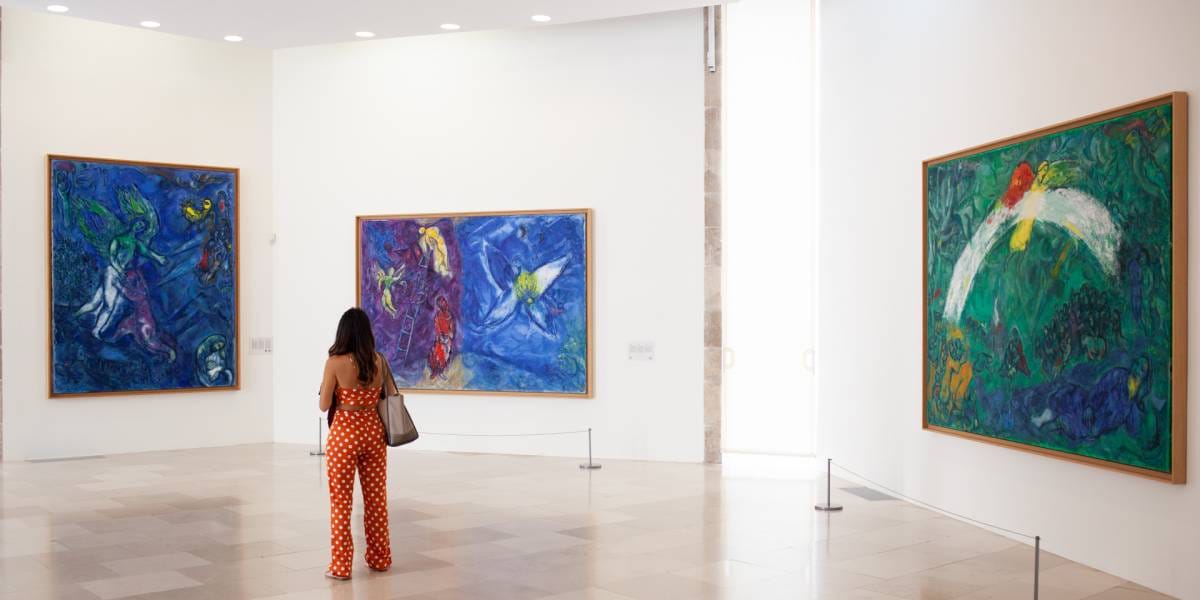
The Nice Museum opened by the artist himself
This monumental Paris Opera decoration preceded the dazzling “Biblical Message”, a set of masterful compositions exhibited at the Nice Museum. Twelve paintings illustrating Genesis and Exodus, and five evoking the Song of Songs.
In 1973, the first museum dedicated to a living artist opened on the Cimiez hill, in Marc Chagall’s presence. Since then, thousands of visitors have flocked from all over the world to discover a true ode to life, the Biblical Message. This work imbued with spirituality is echoing Chagall’s childhood marked by Hasidic rituals. Expressed with great freedom, this an incessant dialogue where dreams, a desire to escape, to transcend reality are confronted with the daily fear and material difficulties experienced.
A recent exhibition has revealed yet another aspect of Chagall. A brilliant colourist, poet, dreamer and inspired reader of religious texts… Chagall is certainly all of these things, but the political, almost militant dimension of his art remained unknown for decades. “The Cry of Freedom” was inaugurated last year by the artist’s granddaughter, Meret Meyer. Present at the opening, she had emphasized her grandfather’s profoundly humanist commitment. It featured some real masterpieces, including “Solitude,” a painting made in 1933 when Hitler came to power. That one shows a rabbi in a state of a profound desolation carrying the books of Law. He is accompanied by a white cow whose lively and immense eye seems to symbolize the awakening in the face of the tragedies to come.
Many other documents attesting to the turbulence of the century that influenced the greatest painters of modernity, contributed to this exhibition. Its artistic part was thus enhanced by a historical and political dimension.
The Nice Museum is currently highlighting Marc Chagall’s enchantment with the French Riviera thanks to the artist’s work in 1966–1985. “In the Light of Saint-Paul-de-Vence” is an exceptional collection of nearly 150 lithographs, bathed in southern colours. Don’t miss the opportunity available until May 5, 2025.


